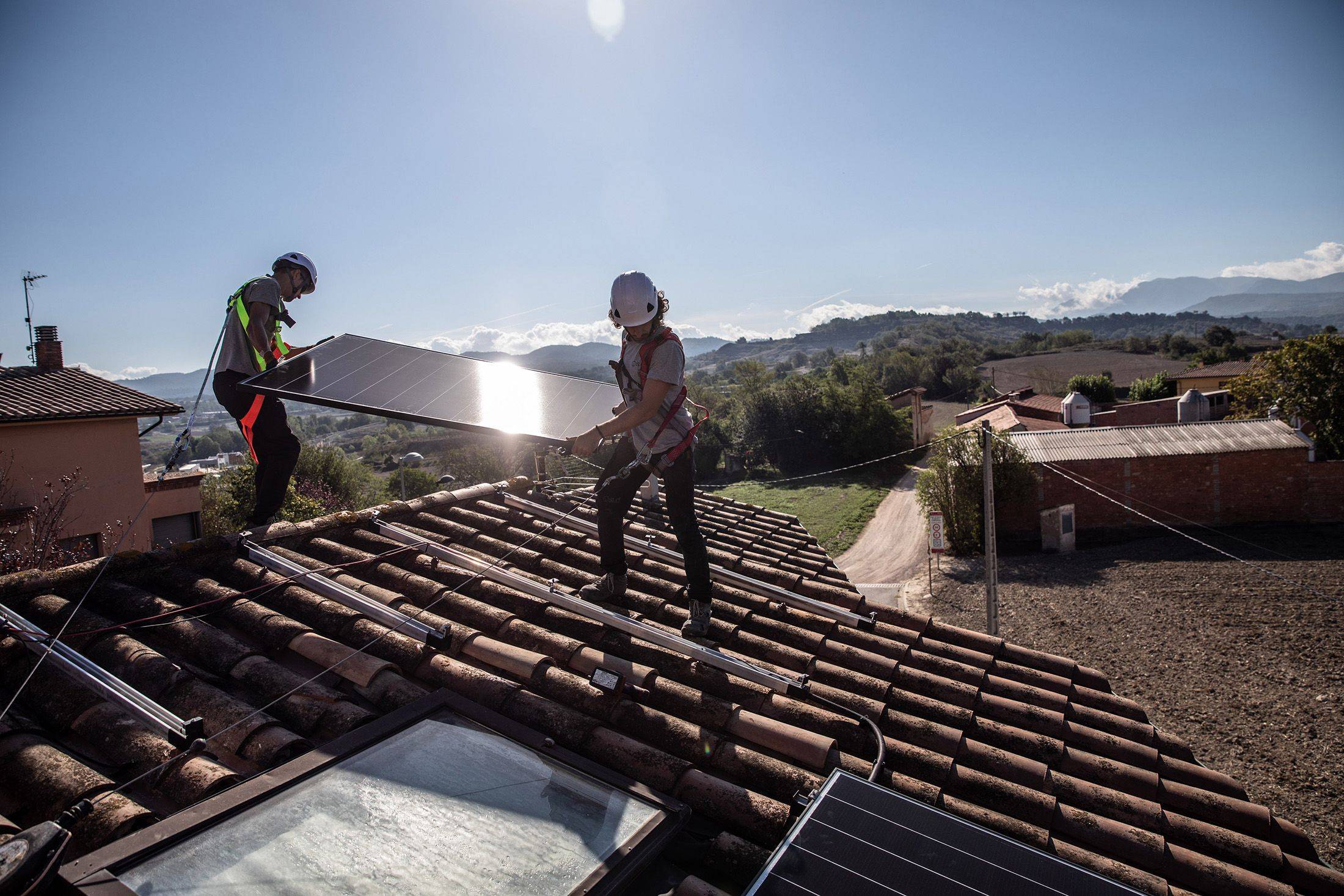Europe’s most remarkable response to Russia’s war on Ukraine hasn’t been marshaling military equipment and billions of euros in aid. It’s been the unprecedented speed of an energy transition that in one year has nearly eliminated its dependence on Russian fossil fuels in an attempt to strangle the key source of funding for Russian President Vladimir Putin’s war machine.
The shift has been far from the kind of climate-first transition that Europe has envisioned for its long-term future, with governments paying whatever it takes to secure liquefied sources of natural gas brought in by ships, burning more coal and ripping up some environmental plans in the process. And it’s been painful, with Europe getting hit by a roughly $1 trillion energy bill last year, cushioned by hundreds of billions of euros of government subsidies.
Still, even the most optimistic outlooks from analysts and the bloc’s own leaders at the outset of the war failed to predict how quickly Europe could move. A year ago, Europe spent about $1 billion a day to pay for gas, oil, and coal imported from Russia. Today, it pays a small fraction of that amount.



















With your current subscription plan you can comment on stories. However, before writing your first comment, please create a display name in the Profile section of your subscriber account page.